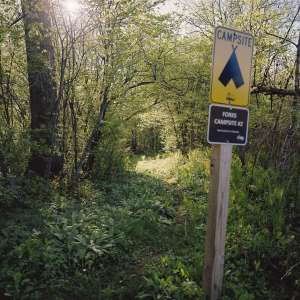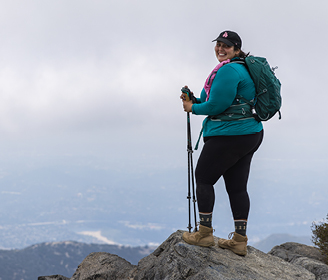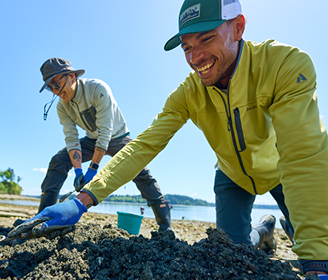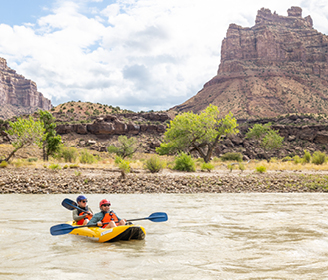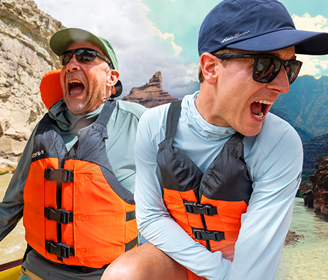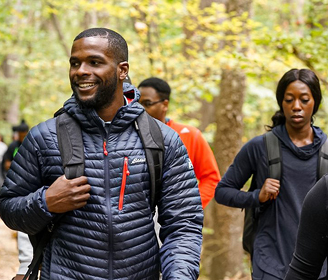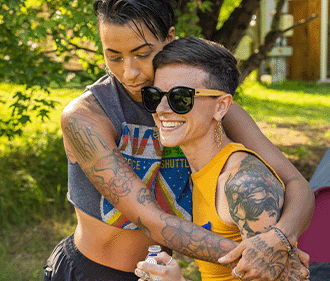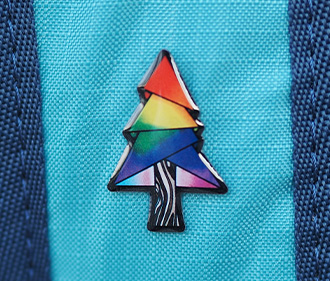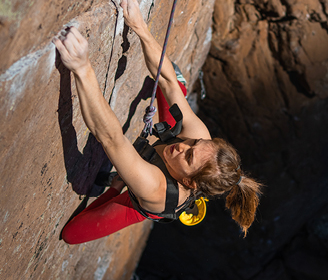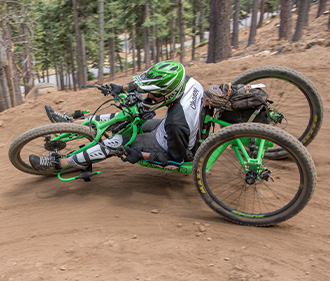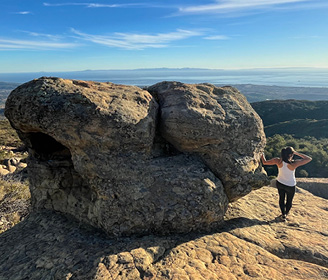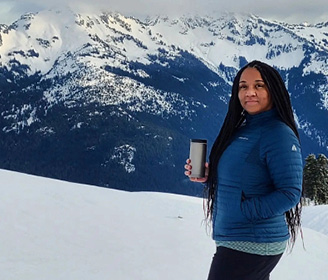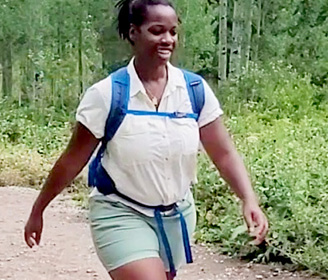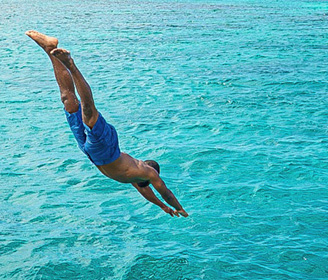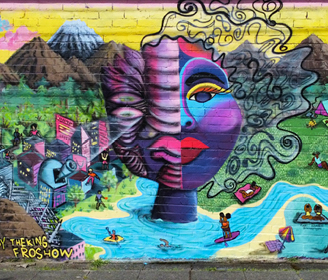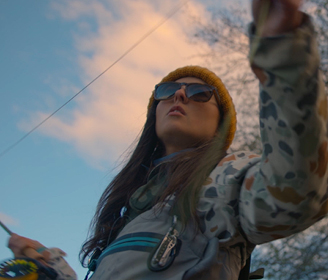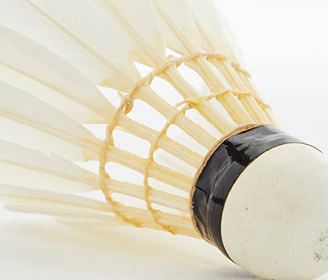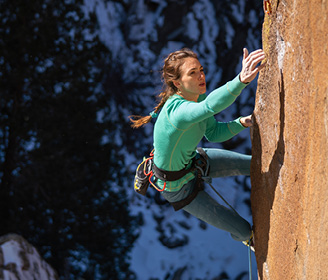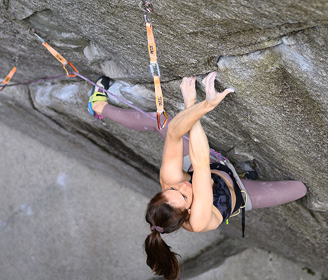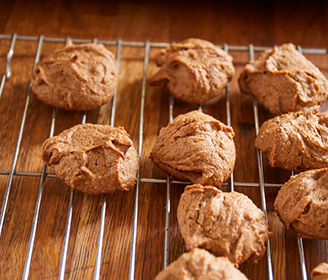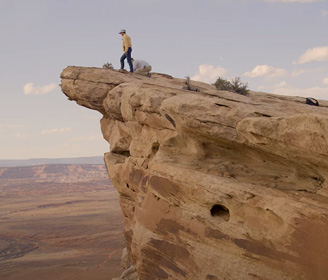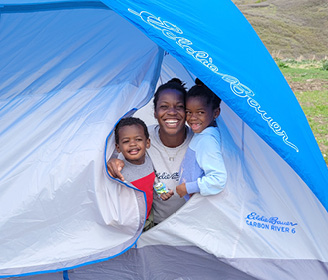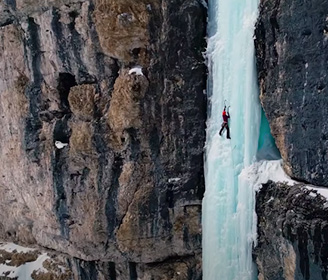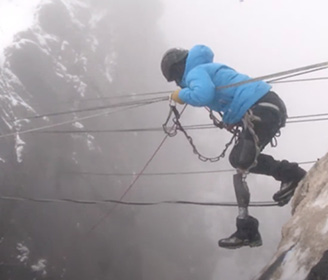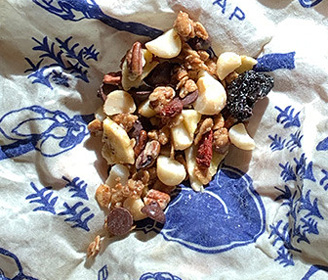Day 3 – Paddle from Mason Creek Campsite to the Forks Campsite
I awoke to someone banging pots and pans together in the kitchen. This puzzled me as we decided that we would all aim for a 7:00am wake-up time, but it was roughly 5:00am. I shrugged it off, got dressed, rolled out of my sleeping bag, and climbed out of the tent to make a bathroom run. Whoever was up must have returned to their tent because I was expecting hot water for tea, and the aroma of coffee with all the noise that was being made.
Now, quietly moving through camp, I had a small stretch session to the soundscape of the Flambeau. Piercing through the myriad of bird calls was a loon howling in the distance, while the slow drumming call of a ruffed grouse thumped nearby. The gentle morning breeze knocked water droplets from the towering trees to mimic the sound of rain. I walked down to the river to continue taking in the first light of day. The rising water vapor from the river’s surface and the slight hue of purple in the sky made me grab my medium format camera for a few shots.
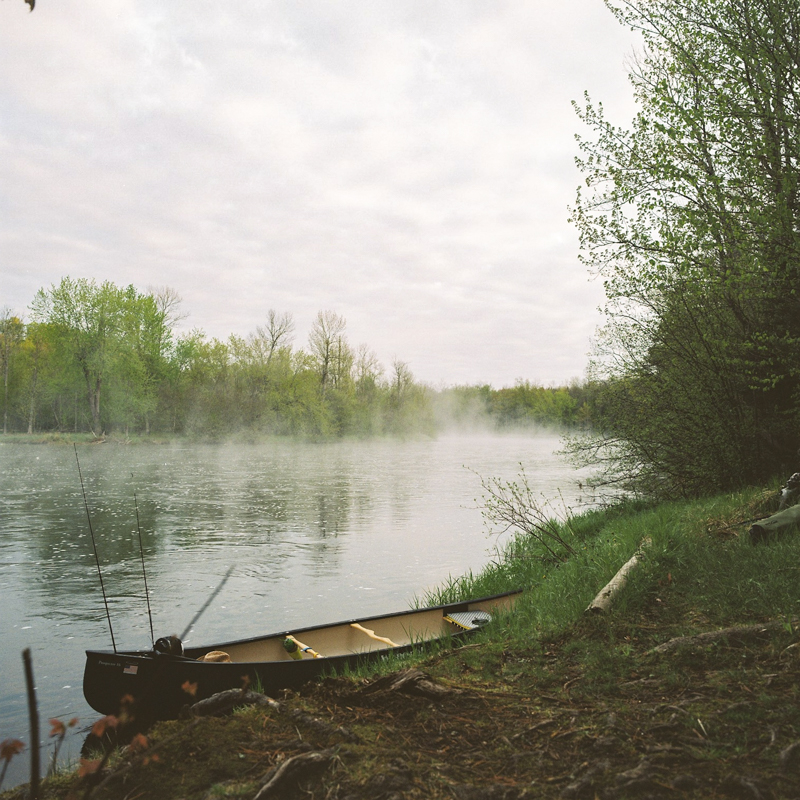
Before long, I heard multiple alarms going off around camp – the team was up. After a couple of cordial and groggy salutations, the question of who in the hell was banging pots came up. It seems as though the culprit was no one. That’s when we all remembered that there was a raccoon lurking around as we cleaned up dinner the night before. But, that’s only a theory. Springtime brings the bears out, but there wasn’t a single trace, or at least not an obvious one. I guess we’ll never really know.
As we prepared breakfast and broke down camp, I discovered that one side of my sleeping pad wasn’t holding air. I didn’t take the time to investigate the leak and repair, I knew we would only be camping for one more night, so I brushed it off. This reminded me that I should have tested all of my gear before setting off, but because of the trip’s length, and the ideal weather, I let myself become too relaxed. (Pro Tip: No matter the length or weather, check and test your gear before every trip.)
Today’s goals would be recording Chris and my fireside chat, grabbing some drone footage, and safely crushing as many miles as possible (12-15 miles/4-5 hours paddling) to get us as close to the confluence of the South Fork as possible. We wanted to set ourselves up for a shorter paddle to the Flambeau Lodge on our last day.
The day was sun-filled, with more wildlife sightings – eagles, kingfishers, wood ducks, mergansers, swallows, other small colorful birds I don’t know the name of, and the rare glimpse of a deer swimming across the river.
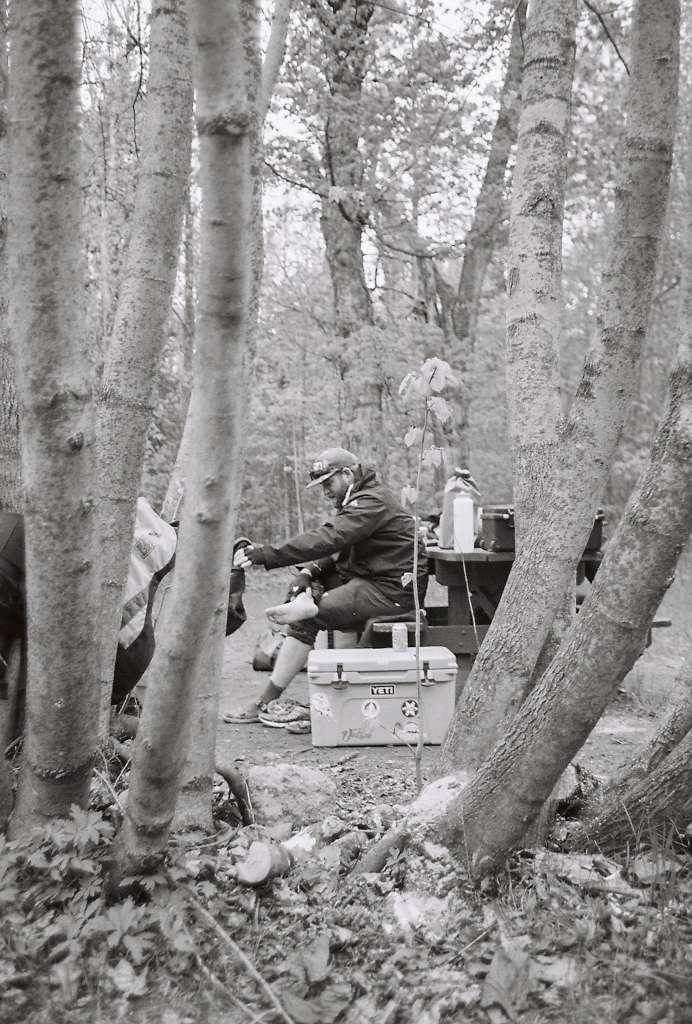
I had the chance to connect more with Chris – someone who is in the top percentile of whitewater kayaking on the planet. Listening to his adventures in Papua New Guinea and parts of Africa were quite exciting, but hearing him talk about his love of exploring near-worlds was my favorite. If you’re like me, I also asked, “What in the hell is a near-world?” We were a little ways upriver of Babb’s Island, waiting for Matthew to set up a drone shot when Chris grabbed a small fern and said something to the effect of, “Tiny ferns, trickling streams, and moss on trees are their own little worlds – Get up close and imagine yourself as an explorer of one.” This spoke to me as someone who pays too much attention to the big picture, often neglecting the smaller details.
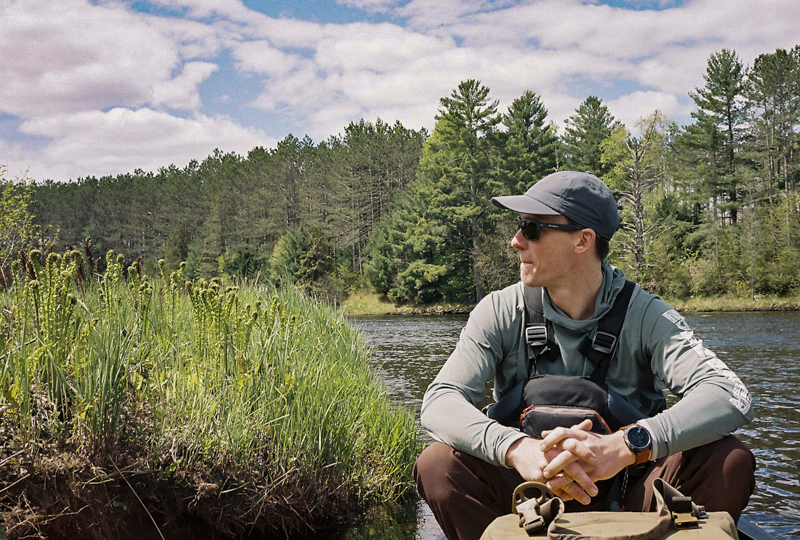
Around noon or so we decided to pull off the river at George’s Island Campsite for a quick lunch. Today was my meal and I’m a fan of keeping things super simple, especially for lunch. This means I want to use just a few ingredients, but mainly as few dishes as possible. So, I went with bagel and lox – everything-bagel, cream cheese, tomato, onion, avocado, and siracha (I forgot to grab capers at the grocery store.) I normally ask people I travel with at the end of a trip for them to name their rose (what they most enjoyed), bud (area where they grew the most), and thorn (most challenging part). Making lunch at peak sun on the bank of the river was definitely my thorn. The mosquitoes had swarmed me, my stomach was a little wonky, and my energy was low because of improper hydration. Nonetheless, I pushed through because that’s the only option on expeditions. Believe me, if I could have retreated to an air-conditioned kitchen to make bagel and lox while drinking a nice glass of ice water, I would have.
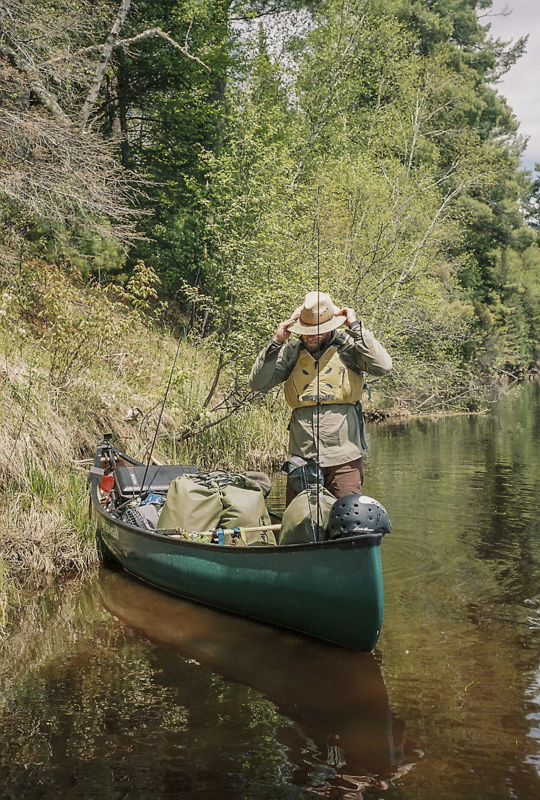
After everyone was served, we quickly cleaned up so that we could continue rolling down the river. This time we switched partners and Tiner and I paddled together. Our goal was to get as close to the confluence as possible.
Today would be our first go at some rapids, or at least so we thought. We went through Porcupine Rapids, Wannigan Rapids, and Flambeau Falls. Depending on the season the rapids are rated between a I-II. At most, there was some texture and a little chop, but nothing too serious.
We spotted a deer swimming across the river, and Tiner tossed several lines to see if he could catch any fish (*Spoiler Alert: not one fish was caught the entire trip.) We also had a vulnerable chat about mental health and what it means to us both. That conversation is something I really appreciated considering that as men, we don’t have these conversations often. And what better place to have it than surrounded by trees, floating on a river, to the natural soundscape of singing birds.
After 3 hours of paddling since our lunch stop, we had finally reached the confluence and saw our home for the night, Forks Campsite. But what’s that saying about accidents happening the closest to home? With our destination in sight, we slid atop a rock right beneath the surface and became stuck. The rock spun us in a circle as we tried to dislodge ourselves by paddling. We finally managed to shimmy off using our body weight by crabbing the gunnels of the canoe and scooting in a forward and backwards motion. This could have easily turned worse if the rock was jagged, if we would have panicked, or if we would have remained stuck. Fortunately, none of that happened.
Our new home had a sketchy uphill walk over large roots, but the site was worth it – spacious, and overlooking the confluence. This time around we didn’t go straight into camp set-up mode. Instead, we started a fire, practiced a little ax throwing on some logged wood, and Chris hopped in the water for a brief swim. Before long, we grabbed our personal gear to set up our tents, and prepped the campfire for an interview and fireside dialogue between Chris and I.
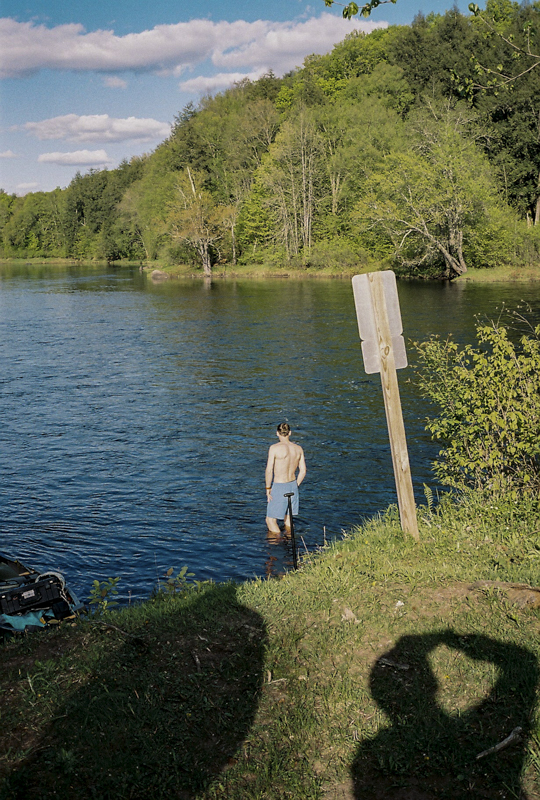
By dusk, our meeting place, the fire, danced as we witnessed the magical transition from day to night. I imagined the power this place held for the ancestral nations of the Anishinabewaki ᐊᓂᔑᓈᐯᐗᑭ, and the Očhéthi Šakówiŋ that lived in harmony with this place, and if they too converged on this mighty confluence as a space to gather. In the spirit of that sacred harmony, and with respect to the land and its native people, we opened our hearts to have one of the best conversations I’ve had all year.
During our conversation, I was able to learn a lot from Chris, including the different ways we view access. Me, focused on front-country access of marginalized communities, and Chris focused on backcountry access in extremely remote places to bring awareness to them and their native communities. Each of us shared our passion and spoke from the lens of our inner child as we traveled back to the time when we first became enamored with the outdoors. This vulnerable exchange of stories is something that I like to think shaped us in that moment, as fireside storytelling has shaped humanity for hundreds of thousands of years.

After our conversation, we had a quick dinner, and then crawled into the vessels of our tents to ferry us into the morning.



